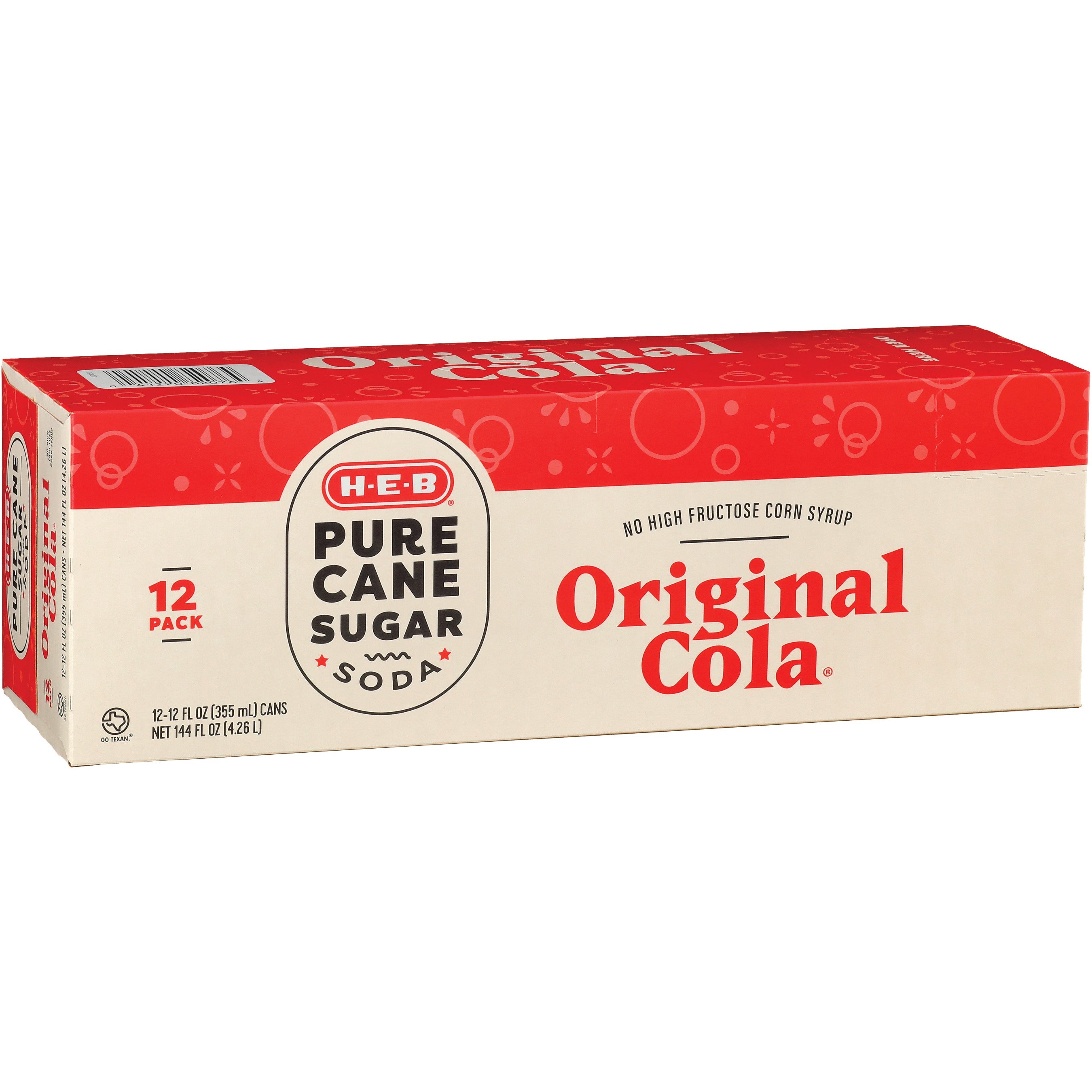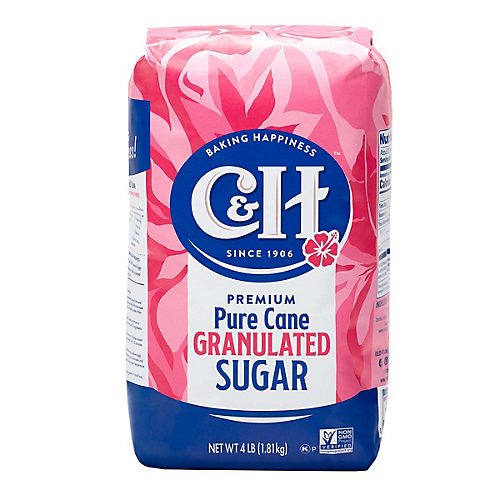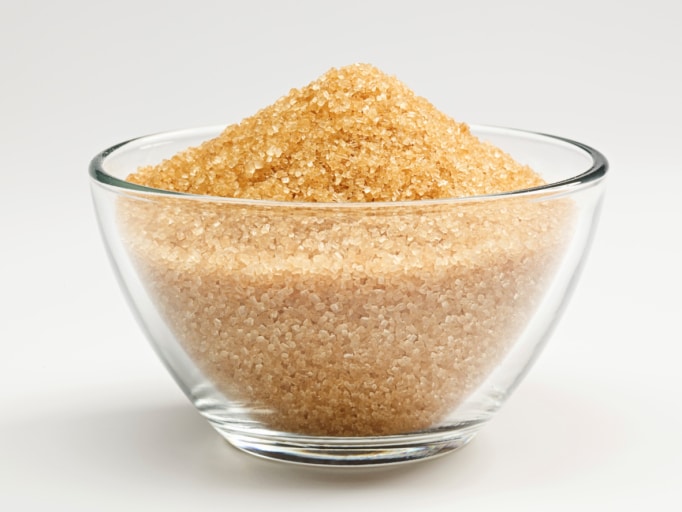Checking Out the Comprehensive Steps Included in Cane Sugar Handling From Gathering to Refinement
The process of walking cane sugar manufacturing encompasses a series of intricate steps, beginning with the cautious harvesting of sugarcane and culminating in the refinement stages that make certain the last item satisfies sector standards. Each phase, from the extraction of juice to the filtration and crystallization procedures, plays a critical function in establishing the high quality and personality of the sugar.
Harvesting Sugarcane
Harvesting sugarcane is a crucial action in the walking cane sugar processing chain, as it straight affects the quality and return of the final item. Proper timing and techniques are important throughout this stage to make certain optimum sugar content and decrease losses. Usually, sugarcane is harvested when it reaches maturation, generally 12 to 18 months after planting, defined by a high sucrose concentration.

Post-harvest, the sugarcane needs to be processed promptly to avoid sucrose deterioration. Ideally, collected walking cane should be carried to refining centers within 24 hours to maintain sugar top quality. For that reason, efficient logistical planning is critical to maintain the integrity of the collected crop throughout the supply chain.
Extraction Process

The crushed cane undergoes a collection of pressing operations to take full advantage of juice recuperation. Typically, warm water is splashed onto the crushed cane, developing a countercurrent flow that helps liquify the sugar while likewise assisting in the extraction procedure. The juice accumulated from this procedure includes not only sugar however additionally various natural compounds and pollutants.

To boost extraction performance, some centers may employ diffusion techniques, where the sugarcane is taken in warm water, permitting the soluble sugars to diffuse right into the liquid. The resulting juice, abundant in sucrose, is then guided to subsequent processing phases, laying the foundation for filtration and refinement. The removal procedure is therefore critical in determining the top quality and return of the last sugar item.
Purification Techniques
The purification techniques employed in cane sugar processing are vital for changing the raw juice into a top notch sugar item. These methods largely intend to remove impurities, such as dirt, plant materials, and not natural compounds, which can adversely influence the end product's flavor and shade.
One of the most usual filtration strategies is information. This process entails adding lime and warm to the raw juice, which promotes the coagulation of contaminations. The resulting precipitate is then eliminated through sedimentation or filtering, yielding a clearer juice. Furthermore, using phosphoric acid can boost the information process by further binding impurities.
Another considerable strategy is carbonatation, where co2 is introduced to the clarified juice. This response generates calcium carbonate, which captures staying contaminations and advertises their elimination.
Furthermore, triggered carbon therapy might be related to adsorb any type of remaining colorants and natural pollutants, making sure a much more polished product. The combination of these approaches successfully prepares the sugar juice for subsequent steps in the refining process, establishing the phase for the production of top quality walking cane sugar.
Crystallization Approaches
After the purification phase, the following crucial action in walking cane sugar handling involves crystallization methods, which play an essential function in transforming the clarified juice into solid sugar. This procedure usually utilizes 2 key methods: spontaneous formation and regulated crystallization.
In spontaneous formation, supersaturated sugar remedies are permitted to cool normally, leading to the development of sugar crystals over time. This approach enables for the consistent development of sugar crystals and greater pureness.
During crystallization, the clarified juice is concentrated through dissipation, boosting its sugar material until it reaches supersaturation. As soon page as this point is accomplished, either approach can assist in the crystallization process. Cane Sugar Processing. The resultant sugar crystals are after that divided from the staying syrup via centrifugation
Eventually, the selection of formation technique affects the top quality, dimension, and purity of the last sugar product, making this step vital in the overall cane sugar handling treatment.
Refinement and Packaging
How can the purity and top quality of cane sugar be further improved after condensation? The improvement process plays an essential role in achieving high-grade cane sugar.
Next, the sugar goes through a process called centrifugation, where it is rotated at broadband to separate the detoxified sugar crystals from the staying fluid. After centrifugation, the sugar is often more fine-tuned through a technique called carbonization or phosphatation, which utilizes triggered carbon or phosphoric acid to get rid of color and off-flavors.
When improved, the sugar is dried to achieve the wanted moisture material, ensuring that it stays secure throughout storage space and transport. The final step involves product packaging the polished sugar in moisture-proof and airtight containers to keep its quality and avoid contamination. Cane Sugar Processing. Appropriate packaging not just prolongs rack life but additionally assists in easy handling and circulation, making certain that customers get sugar that satisfies the highest standards of pureness and high quality
Final Thought
The thorough steps entailed in walking cane sugar processing, from the thorough harvesting of sugarcane to the intricate improvement and product packaging stages, underscore the value of each stage in ensuring high-quality sugar production. Optimal harvesting methods, effective extraction techniques, and extensive purification processes collectively add to the end product's pureness and security. The crystallization and subsequent packaging practices additionally improve the honesty and service life of the sugar, highlighting the intricacy and accuracy click for more info intrinsic in this vital farming sector.
The process of walking stick sugar manufacturing incorporates a collection of detailed steps, starting with the mindful harvesting of sugarcane and finishing in the improvement phases that make certain the final item fulfills market criteria. Preferably, harvested walking stick ought to be transferred to refining facilities within 24 hours to protect sugar top quality.In spontaneous crystallization, supersaturated sugar remedies are permitted to cool down normally, leading to the formation of sugar crystals over time - Cane Sugar Processing. The refinement process plays a critical role in attaining high-grade cane sugar.The extensive steps see here involved in walking stick sugar handling, from the meticulous harvesting of sugarcane to the elaborate improvement and packaging phases, highlight the relevance of each phase in making certain high-grade sugar production